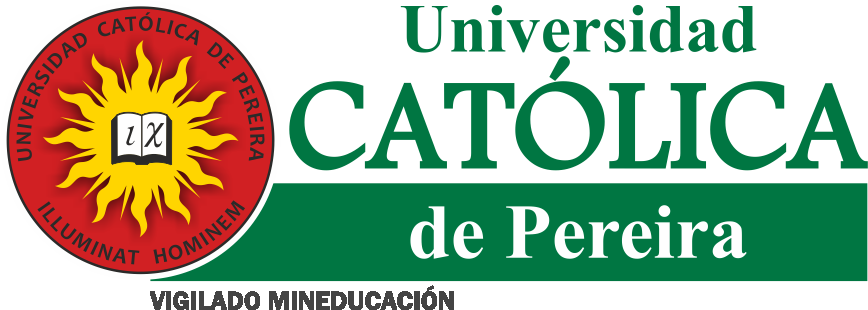Publicación: Cirugías estéticas: la fantasía y el otro.
| dc.contributor.author | Romero Toro, Milton Guillermo | |
| dc.date.accessioned | 2008-07-23T08:23:23Z | |
| dc.date.available | 2008-07-23T08:27:10Z | |
| dc.date.issued | 2008-07-23 | |
| dc.description | Trabajo de Grado (Psicología). Facultad de Ciencias Humanas, Sociales y de la Educación, Pereira, 2008 | es_ES |
| dc.description.abstract | En los últimos tiempos se ha visto un auge de las cirugías estéticas, pero éste no tiene una relación directa con su aparición, la cual data de varios siglos antes de Cristo, lo cual hace alusión a un interés del hombre por lo estético basándose en una falta para ser suplida. El “defecto”, aquello que se busca corregir o mejorar en la cirugía estética, no corresponde directamente al organismo, es en éste en donde se refleja pero el problema se encuentra en la imagen que se consolida gracias a la intervención del lenguaje en la carne, dado que es por el lenguaje que se puede manifestar que algo es más bello que otra cosa, es pues la palabra la que introduce la falta que inaugura la aparición de la imagen. Ahora, para evitar el encuentro con esta falta, el sujeto se manifiesta en una cantidad de elementos como las cirugías estéticas y las fantasías; en este escrito se relacionan entonces estos dos elementos como encubridores de la falta, sabiendo que no son los únicos, pero que presentan ciertas características en común como lo son su relación con el cuerpo y con el Otro. /Abstract: In recent times we have seen a boom in cosmetic surgery, but he has no directly related to his appearance, which dates back several centuries BC, which makes allusion to a man's interest for aesthetic based on a failure to be supplied. The "default", that which seeks to correct or improve cosmetic surgery is not for directly to the body, where it is reflected but the problem is the image that was consolidated with language intervention in the flesh, as it is by language that can express that something is more beautiful than anything else, it is because the word that introduces lack inaugurating the appearance of the image. Now, to avoid encountering this lack, the subject is reflected in the amount of elements such as cosmetic surgery and fantasies; in this paper are then related these two elements, as accessories to the offense, knowing they are not alone, but that have certain characteristics in common such as their relationship with the body and the other. | es_ES |
| dc.description.sponsorship | Universidad Católica de Pereira. Director: Diana Villa | es_ES |
| dc.identifier.other | CDMPSI46V2 | |
| dc.identifier.uri | http://hdl.handle.net/10785/2312 | |
| dc.language.iso | Español | es_ES |
| dc.publisher | Universidad Católica de Pereira | es_ES |
| dc.relation.ispartofseries | Monografía ; CDMPSI46v2 | |
| dc.rights | Attribution-NoDerivs 3.0 United States | * |
| dc.rights.uri | http://creativecommons.org/licenses/by-nd/3.0/us/ | * |
| dc.subject | cirugías estéticas | es_ES |
| dc.subject | cosmetic surgery | es_ES |
| dc.subject | cuerpo | es_ES |
| dc.subject | body | es_ES |
| dc.subject | defecto | es_ES |
| dc.subject | default | es_ES |
| dc.title | Cirugías estéticas: la fantasía y el otro. | es_ES |
| dc.type | Other | es_ES |
| dspace.entity.type | Publication |
Archivos
Bloque original
1 - 1 de 1
